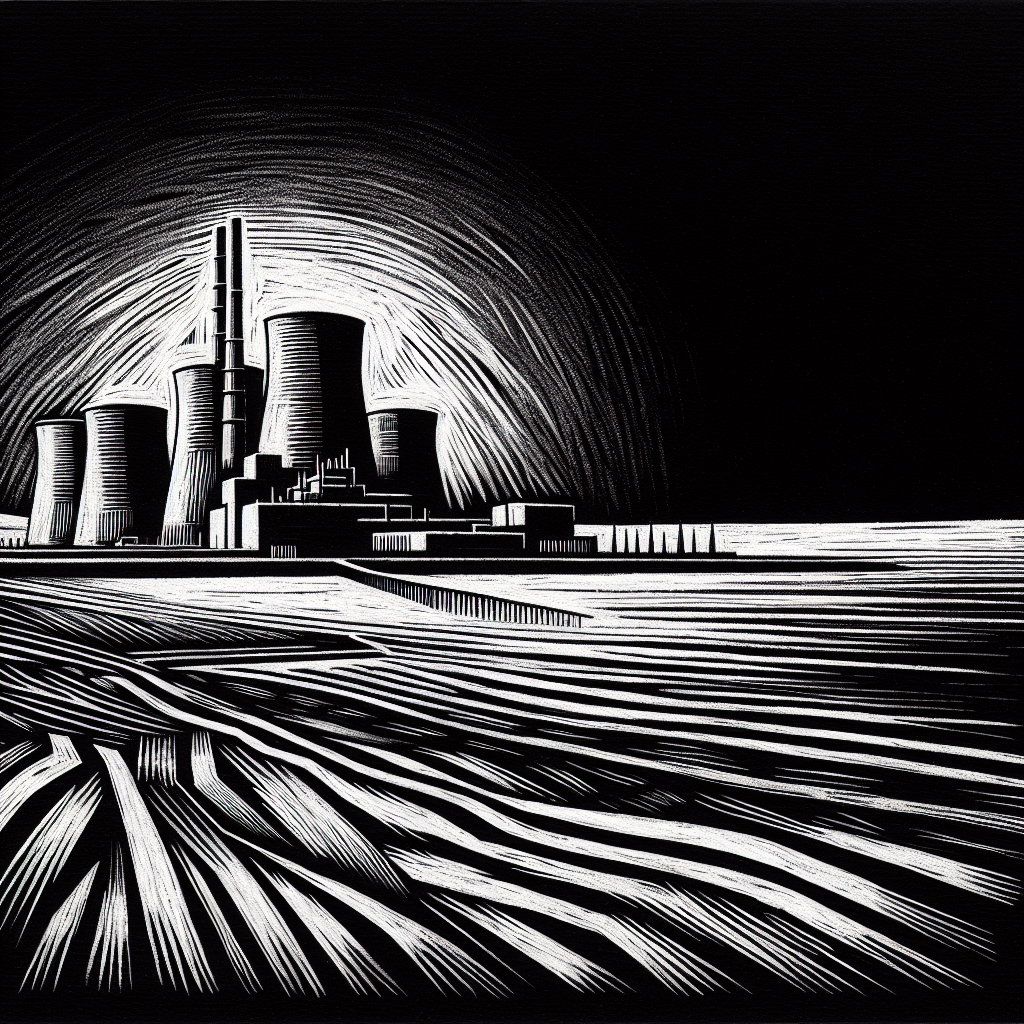Central Asia’s Uranium Chessboard: France, Russia & China in a Strategic Showdown

The steppes of Central Asia have become the new front line in the global uranium race. As France courts Kazakhstan and Uzbekistan to offset losses in Africa, Russia tightens its grip on enrichment, and China snaps up minority stakes to fuel its reactor boom.
France’s uranium comeback
After losing major output in Niger, Paris pivoted to Kazakhstan and Uzbekistan, turning uranium into a lever for geopolitical resurgence. The July 2025 launch of the South Tortkuduk processing plant (an Orano–Kazatomprom joint venture) and $2.2 billion in bilateral deals cemented France as a strategic investor: by 2027 it aims to mine up to 4,000 t in Kazakhstan, while joint projects in Uzbekistan (the Jelgandi deposit) already cover more than 10 percent of French imports.
For Paris this is less a race for ore than a display of EU clout where Moscow is “losing ground,” offering Astana and Tashkent a “clean” Western partnership free of sanctions risk.
Russia’s depth and control
Yet Moscow remains the system-forming player. Through Uranium One, Rosatom holds up to 70 percent of Kazakh production, owns 99 percent of the enrichment JV, and commands roughly half of global SWU capacity. Even under sanctions the corporation’s revenue climbed to $18 billion, and its project portfolio covers 26 of the 59 reactors currently under construction worldwide.
The key lever is Russia’s conversion and enrichment complex, where most Kazakh and Uzbek feedstock is processed. Until alternative corridors across the Caspian or via China become fully reliable, transit through Russia stays critical for Astana.
Chinese demand and minority stakes
Beijing follows another playbook: buying stakes in deposits (“Zarechnoye,” “Khorasan-U”) and locking in long-term offtake for its plan to build 150 reactors by 2035. Kazakhstan already supplies two-thirds of China’s uranium imports, and fresh deals help Rosatom monetize assets while skirting sanctions.
China is also diversifying logistics—the Alashankou–Lianyungang land route and the Caspian pathway via Aktau/Baku reduce dependence on the Trans-Siberian Railroad and strengthen Beijing’s bargaining hand.
Opportunities and risks for Central Asia
This three-way nuclear contest gives Kazakhstan and Uzbekistan a chance to diversify markets, localize high-tech stages (fuel assemblies, conversion), and negotiate better transit tariffs. The balance, however, is delicate: China’s growing weight shifts leverage, France’s presence may become an EU pressure tool, and Russia still controls critical infrastructure.
Baseline to 2030: Russia remains the infrastructural core, China’s share of production rises to ~35 percent, France’s to 5–7 percent, yet Paris could take up to 20 percent of final exports. Whether Astana and Tashkent can keep uranium from becoming a mere bargaining chip, and capture more added value at home, will decide the region’s success.